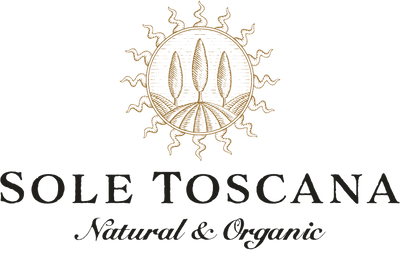One of the most popular diets at the moment is keto. Everyone seems to be raving about its benefits- from fitness enthusiasts to Instagram influencers. But before you hop on the train, do you understand what it is?
What is keto?
A ketogenic diet features low carb, moderate protein, and high-fat content. This diet puts the body into a metabolic state known as ketosis. Ketosis is when your body burns fats instead of glucose for energy, leading to a build-up of acids called ketones. In small amounts, ketones are indicators that your system is breaking down fats, which get eliminated through urine.
Ordinarily, your body uses glucose as the primary energy source. When you are on a keto diet, you deny your body glucose and encourage it to use alternative sources of energy. The body turns to fat instead. Over time, your body adjusts fully to burning fat rather than sugar.
Five health benefits of a ketogenic diet
1 More energy. A ketogenic diet gives you a more steady, consistent energy source, unlike one high on carbs that give you a midday "crash". You feel and remain energized.
2 Controls your blood sugar- Reducing carbs enables your body's blood sugar levels to stay lower and easier to manage. Keeping consistent blood sugar levels provides enormous benefits to pre-diabetic or Type II diabetics.
3 Weight loss. A ketogenic diet consists of foods that make you full faster, therefore causing you to eat less. As your insulin levels drop, the body burns more fat, leading to noticeable weight loss.
4 Suppressing appetite. High-carb meals often don't keep you full for long. Healthy fats are naturally more satiating, reducing cravings and hunger pangs.
5 Improved mental focus. Excess carbs can cloud your thinking, whereas lowering your carbs eliminates the blood sugar spikes and keeps you more alert. The ketones created from this process are an excellent source of brain fuel. A ketogenic diet also increases your intake of healthy fatty acids that support our brain's functions. All these lead to improved focus and concentration.
Also, some studies show that a keto diet can significantly improve ailments, such as Alzheimer's, epilepsy, high cholesterol, blood pressure, and acne.
NOTE: Ensure you keep up with consistent doctor visits while undertaking this diet to avoid health problems.
What can you eat?
One of the fundamental principles of this diet is maintaining a ratio of carbs, fats, and proteins. As such, there are plenty of foods you can and cannot eat. Practitioners differ on the ratio, but the common one seems to be 65% fats, 35% proteins, and 5% carbohydrates.
FOODS TO AVOID
Sugar— agave, maple syrup, honey, soda, fruit juice, smoothies, cake, ice cream, candy, etc.
Grains— corn, rice, wheat, cereal, pasta
Root vegetables and tubers—Potatoes, carrots, parsnips, sweet potatoes, etc.
Legumes— Chickpeas, peas, kidney beans, lentils, etc.
Fruit—All fruits, except small portions of berries like strawberries
Some condiments or sauces—They often contain sugar and unhealthy fat.
Alcohol—High in carbs
Unhealthy fat—Reduce your intake of processed vegetable oils, mayonnaise, etc.
Low-fat or diet products— Why? They are highly processed and often high in carbs.

FOODS TO EAT
Meats—beef, lamb, poultry, egg, fish (particularly fatty fish such as salmon and tuna)
Leafy Greens— kale, spinach
High-fat dairy— high fat cream, butter, hard cheeses, unprocessed cheese (cheddar, goat, cream, blue or mozzarella)
Cruciferous vegetables—broccoli, cauliflower
Avocado and berries— blackberries, raspberries, and other low glycemic impact berries
Sweeteners— erythritol, monk fruit, stevia, and other low-carb sweeteners
Nuts and seeds— walnuts, flaxseeds, pumpkin seeds, almonds, chia seeds, etc
Other fats— high-fat salad dressing, coconut oil, saturated fats, etc.
Signs that you've reached ketosis
Some people use strips that test the blood or urine to measure ketosis. However, these can be highly inaccurate. A better, more cost-effective method is to track physical symptoms.
Temporary Bad Breath— Acetone is a ketone that partially excretes in our breath. It smells sharp like overripe fruit.
Increased Urination—Keto causes you to urinate and excrete the ketones more often.
Reduced Hunger and Increased Energy—This is a sign that your body has adjusted to the new way of eating.
Dry Mouth— The increased urination causes dry mouth and increased thirst.
NOTE: Ensure you drink plenty of water and exercise regularly. Also, monitor your body's responses and consult your doctor regularly to avoid adverse side effects that negate the purpose of your diet.
With love,
The Sole Toscana Skincare Team


